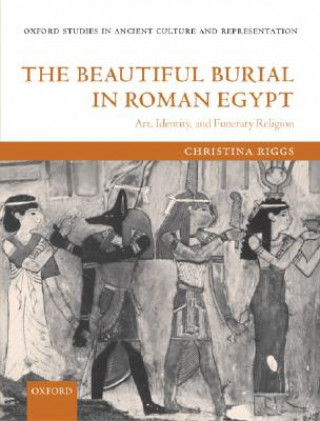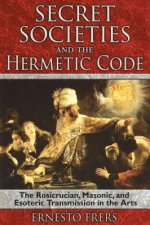
Delivery
Shopping guide





Doesn't suit? No problem! You can return within 30 days
 Gift voucher
any value
Gift voucher
any value
You won't go wrong with a gift voucher. The gift recipient can choose anything from our offer.
Beautiful Burial in Roman Egypt
 English
English
 916 b
916 b
30-day return policy
You might also be interested in


Oxbow says: New forms of visual representation entered Egyptian art traditions along with exposure to the Greek world under the Ptolemaic dynasty. The movement towards greater naturalism in art and naturalistic portraiture in particular, had a great impact on Egyptian funerary traditions and became the choice of the local elites. Christina Riggs' study examines 'beautiful' burials in Roman Egypt from the mid-1st century BC to the end of the 3rd century AD, focusing especially on two coffin groups from the vicinity of el-Hibis in the Kharga Oasis and Akhmim in Middle Egypt. Through detailed analysis of these burials with their decorated coffins, inscriptions, stone stelae and complex iconography, Riggs looks at how aspects of Egyptian funerary symbolism and treatment were combined with Greek artistic traditions. In this regard, her interests go beyond the more typical preoccupation with portraiture, to include a discussion of more than 150 objects and tombs. This evidence is placed within the context of changes in visual arts during this period, existing funerary traditions and religious beliefs, and the social, political and economic nature of Egyptian society from the Roman conquest through to the early Byzantine period.
About the book
 English
English
Categories




 How to shop
How to shop






























